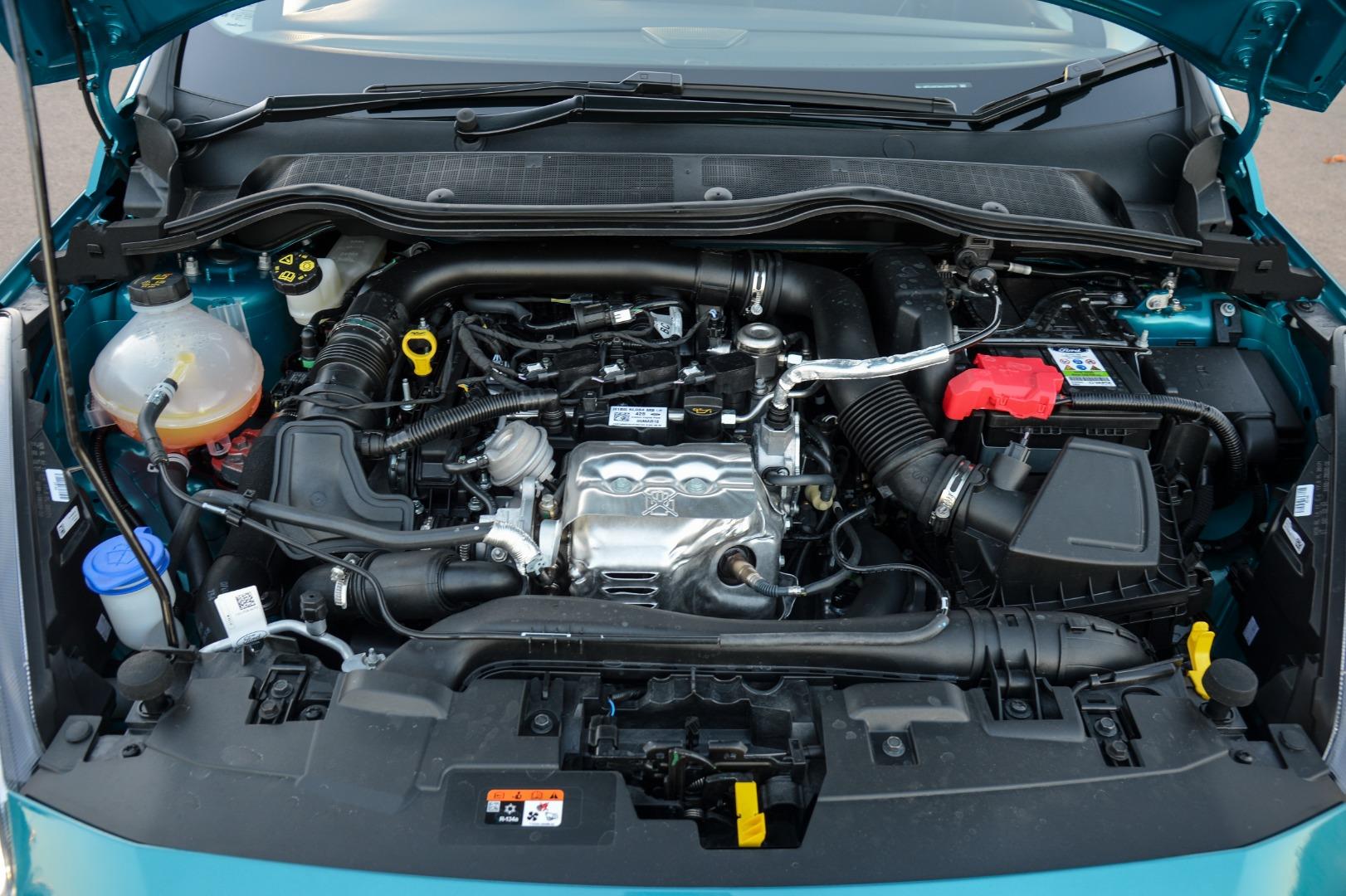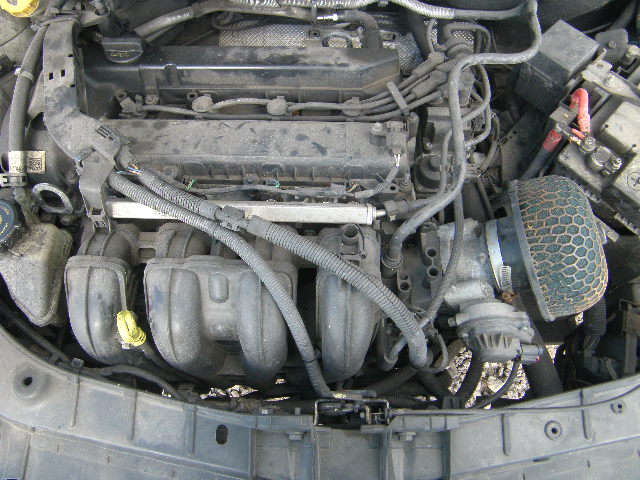Expert Tips for Optimizing Your Ford Fiesta Engine Efficiency
Expert Tips for Optimizing Your Ford Fiesta Engine Efficiency
Blog Article
Opening the Power of Engines: A Comprehensive Overview to Performance and Efficiency
Understanding the complex mechanics of engines is vital for both efficiency enthusiasts and daily drivers. The responses might redefine our method to engine efficiency and efficiency in methods that are both enlightening and crucial.
Comprehending Engine Basics
What makes up the essential mechanics of an engine? At its core, an engine is a device designed to transform fuel right into mechanical power with a collection of controlled surges or combustion processes. The primary parts include the cyndrical tube, piston, crankshaft, camshaft, and valves. The cyndrical tube works as the chamber where burning occurs, while the piston moves within the cyndrical tube to transform the power from burning into direct motion (ford fiesta engine).
The crankshaft after that transforms this direct motion into rotational power, which inevitably powers the lorry. The camshaft regulates the opening and closing of the valves, regulating the consumption of air and gas and the expulsion of exhaust gases. Additionally, the engine depends on a thoroughly adjusted fuel-air combination, ignition system, and cooling system to ensure ideal performance and performance.
Understanding engine fundamentals additionally involves identifying the importance of engine cycles, such as the four-stroke cycle, which consists of intake, compression, power, and exhaust strokes. Each phase is critical in ensuring the engine works smoothly and properly. Proficiency of these basic auto mechanics lays the groundwork for checking out extra complicated engine dynamics and performance metrics, important for enhancing both power result and performance.
Key Performance Metrics
Key performance metrics are vital for assessing an engine's performance and power output, offering beneficial understandings for both consumers and suppliers. These metrics act as criteria for engine efficiency, enabling notified decisions in style, investing in, and manufacturing.
Among the primary metrics is horse power, which measures the engine's capability to perform job over time. Torque, determined in pound-feet, is an additional crucial statistics that suggests the engine's rotational pressure, directly affecting velocity and pulling capacity. Fuel efficiency, normally determined in miles per gallon (MPG) or litres per 100 kilometers (L/100km), assesses how properly the engine converts fuel right into movement, affecting ecological considerations and operational prices.
Additionally, thermal efficiency actions just how well an engine transforms fuel energy right into beneficial job, disclosing insights into energy losses primarily via warm. Exhaust degrees, including carbon dioxide and NOx, are likewise crucial, showing the engine's ecological effect and conformity with regulative criteria.

Tuning Techniques for Effectiveness
Tuning methods play a substantial function in boosting engine performance by enhancing performance metrics identified in earlier conversations (ford fiesta engine). Various methods exist to make improvements an engine, each adding to improved fuel economic climate and decreased exhausts
One reliable method is adjusting the air-fuel proportion, guaranteeing the engine runs within the optimal combustion regime. A leaner mix can boost fuel effectiveness, however it must be balanced to stop misfires or engine knock. In addition, reprogramming the engine administration system can alter specifications such as ignition timing, which additionally boosts effectiveness while maintaining power output.
Another vital strategy includes modifying the consumption and exhaust systems. Updating to high-performance air filters and exhaust headers can minimize back stress, assisting in much better airflow. This permits the engine to breathe more openly, causing enhanced burning effectiveness.
Additionally, the implementation of innovative tuning tools, like dyno screening, supplies exact data that allows targeted modifications. Consistently keeping track of these performance metrics ensures that tuning initiatives generate the desired efficiency results. Collectively, these methods not only strengthen engine efficiency however also contribute to lasting sustainability in engine procedures.
Maintenance for Optimum Efficiency
Normal engine upkeep is vital for accomplishing ideal efficiency and longevity. A well-maintained engine not only runs efficiently however additionally reduces the threat of costly repair services and breakdowns. Secret parts requiring routine focus include oil, filters, belts, and stimulate plugs.
Transforming the engine oil at recommended periods is critical, as oil lubricates relocating components and stops overheating. Likewise, replacing oil and air filters makes sure that impurities do not hinder engine feature. Overlooking these parts can cause reduced original site effectiveness and possible engine damage.
Additionally, evaluating and replacing used belts and hoses is crucial to avoid unexpected failures. Timing belts, specifically, need to be replaced according to the producer's timetable to avoid disastrous engine damage.
Flicker connects should likewise be checked and replaced as necessary, because they play a vital duty in ignition and fuel effectiveness.
Future Trends in Engine Innovation
Welcoming innovations in modern technology, the future of engine layout is positioned to reinvent performance and efficiency throughout numerous applications. Among one of the most considerable trends is the change towards electrification. Hybrid and completely electric powertrains are becoming significantly conventional, supplying lowered exhausts and boosted gas performance. This shift is not simply a pattern yet a need driven by regulatory pressures and consumer need for lasting remedies.
Furthermore, innovations in products scientific research are bring about lighter, more powerful components that boost engine efficiency while reducing power usage. Advanced production strategies, such as 3D printing, enable the production of complex geometries that boost airflow and thermal administration, thus enhancing burning processes.
In addition, the combination of expert system and maker learning is established to change engine diagnostics and performance adjusting. These technologies can examine vast amounts of data in genuine time, making it possible for predictive upkeep and tailored efficiency improvements.
Final Thought
In conclusion, unlocking the power of engines needs a comprehensive understanding of their auto mechanics and efficiency metrics. Executing efficient tuning techniques and sticking to normal maintenance methods substantially boost engine capacities.
Additionally, the engine relies on a carefully adjusted fuel-air combination, ignition system, and cooling down system to guarantee optimal efficiency and effectiveness.
Understanding engine essentials likewise involves acknowledging the importance of engine cycles, such as the four-stroke cycle, which includes intake, exhaust, compression, and power strokes. Proficiency of these fundamental mechanics lays the groundwork for exploring much more complicated engine characteristics and efficiency website link metrics, essential for enhancing both power outcome and performance.

Welcoming advancements in technology, the future of engine style is poised to revolutionize performance and effectiveness throughout different applications.
Report this page